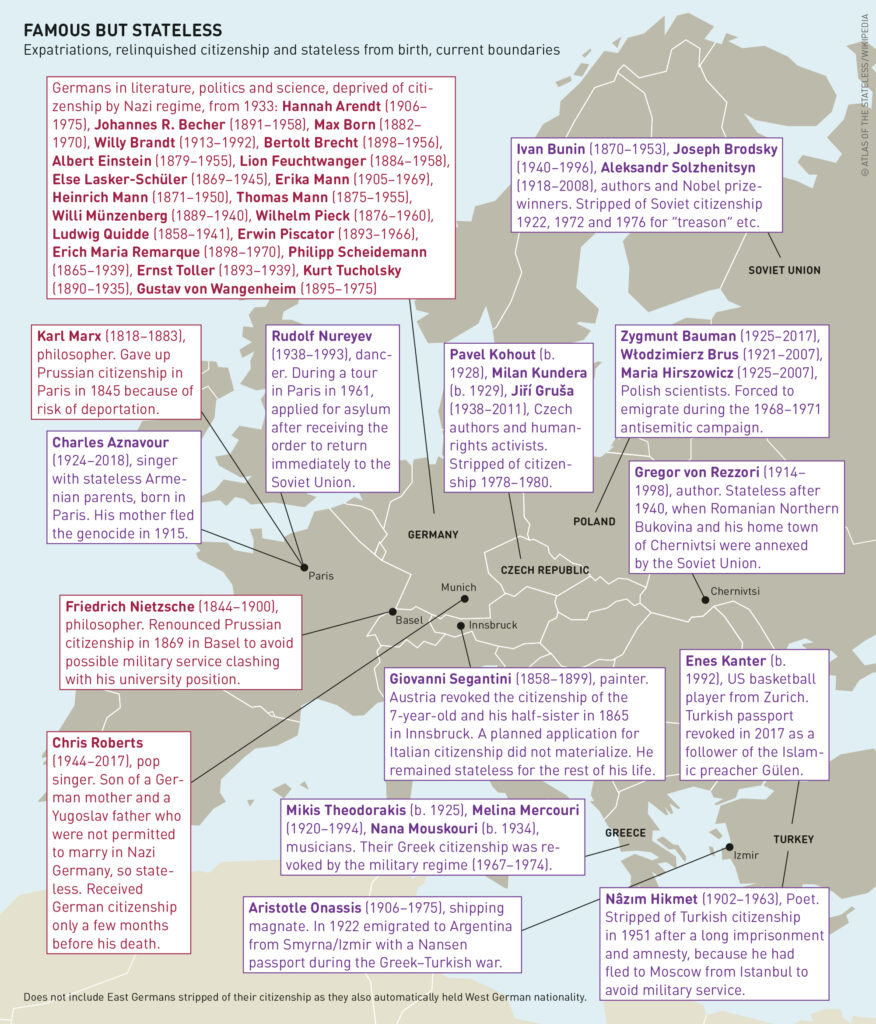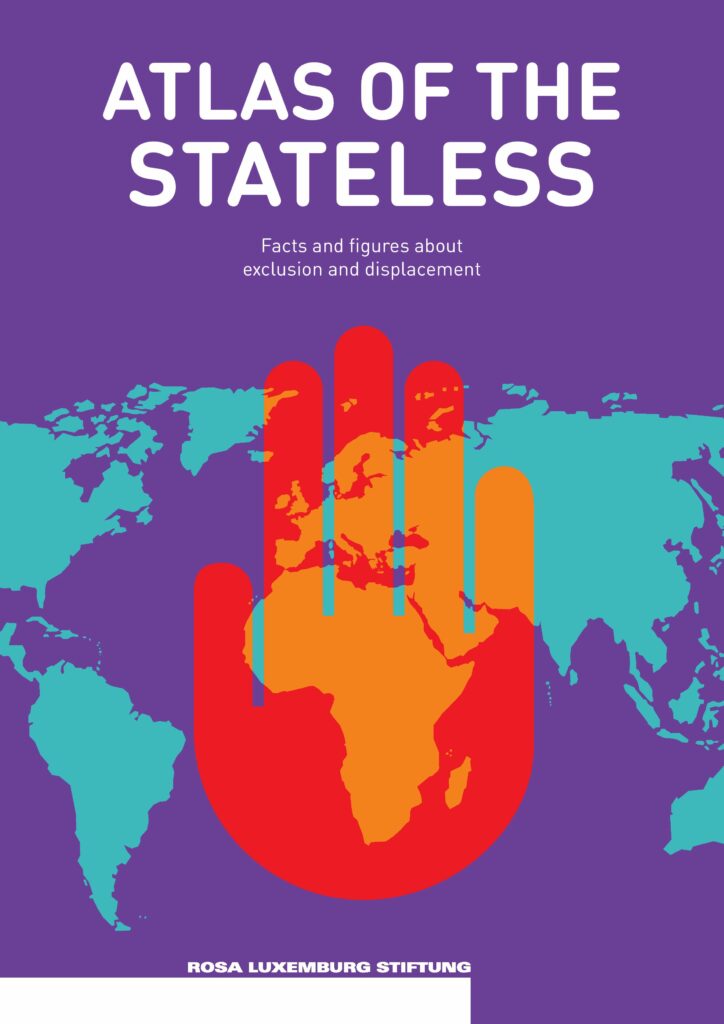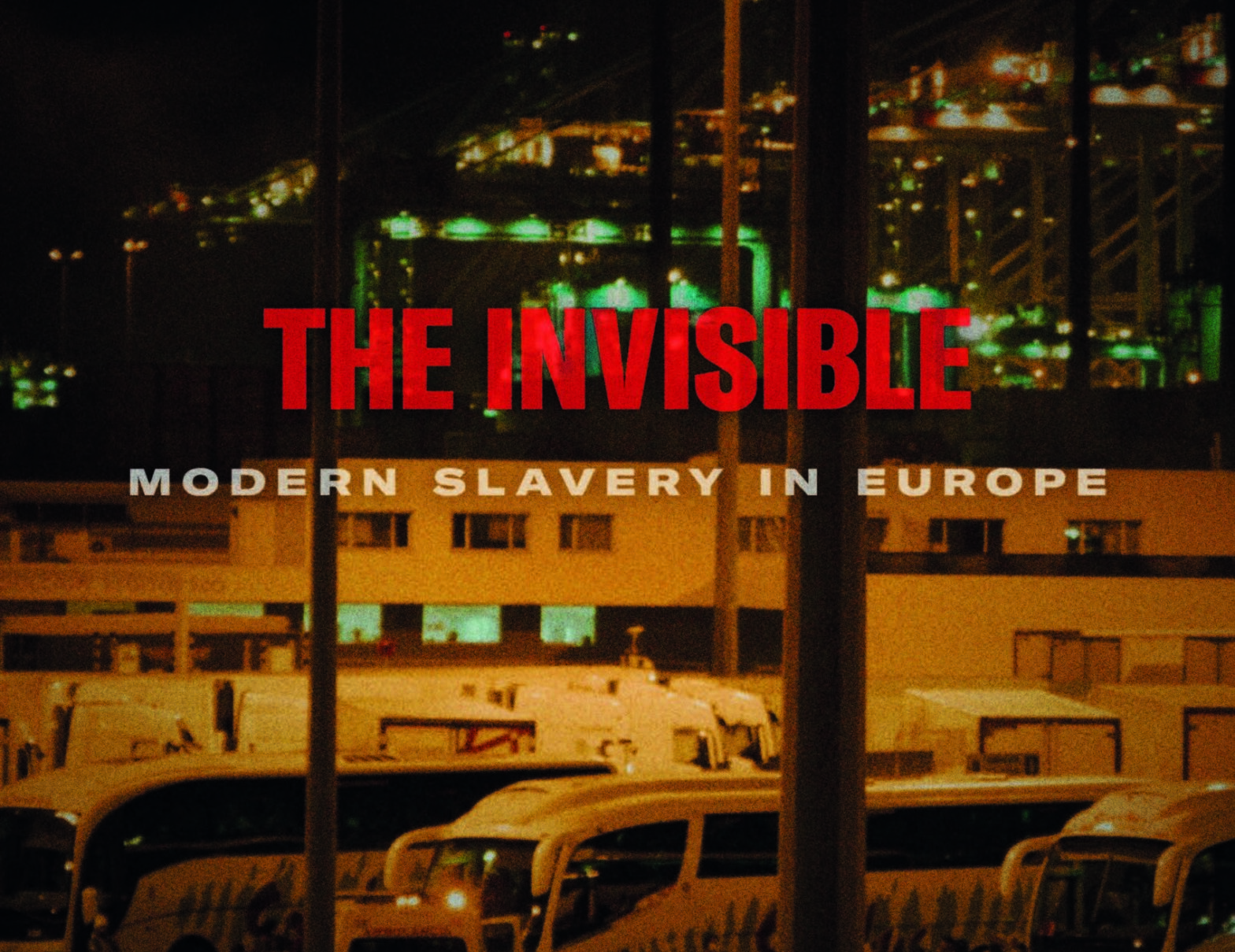Share Twitter Facebook Email Copy URL
The emergence of nation-states in the nineteenth century led to the practice of denying citizenship to people living in those states. The First World War saw the start of actively depriving nationals of their citizenship. This was used both to punish individuals and to repress groups. The Nazis employed it as part of the Holocaust.
In historical terms, the Jewish population of Romania was an early victim of statelessness. In 1868, Carol I, the elected Prince of Romania, whose original name was Karl of Hohenzollern-Sigmaringen, reacted to serious antisemitic disturbances by introducing an addendum to the country’s constitution. This stipulated that only Christians could be naturalized as Romanian citizens and was in stark contrast to the policies of equality in many other countries at the time. To protect the rights of the Romanian Jews, various European states undertook diplomatic advances, as did the Ottoman Empire, under whose suzerainty Romania still formally lay. Their efforts were fruitless.
Nevertheless, at the end of the nineteenth century, statelessness was more of a curiosity in European international law than a serious legal problem. The globe had been carved up into nation-states and their colonies. The land was under the control of governments that were responsible for the people who lived in their territories. But this approach proved unrealistic, and not only in the Balkans. Borders shifted to and fro, and citizenship, which had been a matter of course, became a political weapon. Its counterpart, statelessness, was a problem for people crossing those borders, and was used as a domestic policy instrument.
Even before the outbreak of the First World War, exceptions were well known. In many countries, anyone who joined a foreign army or refused domestic military service had to reckon with losing their citizenship because of disloyalty. Today, mercenaries continue to take great care to stay in irregular units – those that are not integrated into the regular army or other state structures.
Presumed disloyalty, as applied to soldiers, was the channel used for widespread “denaturalization” (as it was called) during the First World War. The process was no longer an exception. From 1915 on, France revoked the citizenship of hundreds of former German nationals who had acquired French nationality, especially because of their suspected close ties to the enemy. A similar law adopted in 1918 in the United Kingdom cited specific conditions and a vague lack of “good character” as reasons for stripping someone of their citizenship. By 1926, 163 individuals had been denaturalized, most of them, however, due to long periods of absence. The reasons for denaturalization varied: in 1922 in Belgium it was “antinational” behaviour; in 1926 in Italy, “unworthy” activities; and in Austria from 1933 on, “hostile acts”. These provisions were generally aimed at men; those for women and children could differ, especially if the women possessed the citizenship of the family’s country of residence.
An opposite tendency took hold in the United States. The Indian Citizenship Act of 1924 granted citizenship and voting rights to indigenous people. Before this, they were not officially subject to the US legal system. This also had a military background: President Coolidge wanted to recognize the many members of the indigenous nations who fought for the United States in the First World War. Their tribal nationality was not affected by becoming US citizens; this was determined separately. The young Soviet Union, on the other hand, used denaturalization to rid itself of large numbers of political emigres, about one million people in all. In 1921, a decree was published declaring that individuals who had remained abroad for more than five years or had left the country without official permission after the 1917 October Revolution would lose their nationality. Survivors of the 1915/16 genocide against the Armenian people were also made stateless by Turkey, as were later other groups of refugees.

the types of exclusion, repression and
harassment that mar the lives of millions of others
After the end of the First World War, the problem took on such dimensions that in 1922, Fritjof Nansen, High Commissioner for Refugees of the League of Nations, introduced the “Nansen passport”. This document acted as a passport for stateless refugees and emigrants, especially for Russians and Armenians. It was initially recognized by 31 states, and later by 53. In 1951, it was finally replaced by documents issued under the Geneva Refugee Convention. In 1933, Nazi Germany began publishing lists with the names of people who had been stripped of their German citizenship. These included over 39,000 Jews and non-Jews. In 1941, another 250,000 emigrants who had left Germany were added to the list. The Third Reich confiscated their tangible assets, along with those of the last 150,000 German Jews who were deported between 1941 and 1943. Because the extermination camps were located outside Germany, the arrivals sometimes received a notification that they had lost their citizenship. The concentration camp at Auschwitz, in an area of occupied Poland that Germany had annexed, was even declared to be foreign territory. These Jews died stateless.
The victims remained stateless even after the war. In 1968, the German Federal Constitutional Court finally put an end to this Nazi policy. The court stated that in such cases of deprivation of citizenship, the “contradiction to justice had reached such an unbearable level” that it was null and void from the outset. In stating a guiding principle, the court even placed the Nazi “legal” provisions in inverted commas: the individuals who had been denaturalized had never lost their citizenship.
This contribution is licensed under the following copyright licence: CC-BY 4.0

The article was published in the Atlas of the Stateless in English, French, and German.



